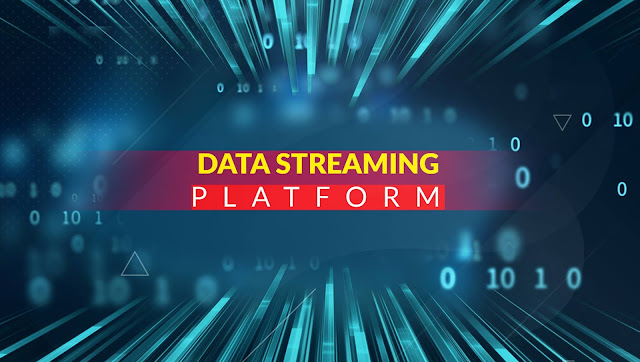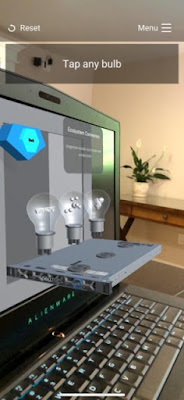5G networks and devices are just starting to trickle into the market, but make no mistake: in a few years, there will be a flood of 5G devices and ubiquitous coverage that will bring with them a never-ending stream of data. That’s not meant to scare you, but to prepare you for a very different world where telcos will need to manage and analyze massive volumes of streaming data in real time. The data analytics and storage path that you take in the next 12 months could very well determine whether you sink or swim when the 5G wave finally arrives.
Dell Technologies’ Streaming Data Platform provides a smart path to analyzing and storing large volumes of real-time and historical data. It represents a new paradigm for managing data, from the traditional store-and-process model to a more efficient process-and-store model that supports real-time analytics. The ability to process and analyze streaming data dramatically improves time to insight—a critical component given that the value of most data quickly diminishes with time—and allows telcos to leverage those insights even before the data is stored.
So, what does this new paradigm look like? Compare these five characteristics of Dell Technologies’ Streaming Data Platform to your current data processing infrastructure:
1. Real-time insights
While telcos have been using data analytics for years, they’ll need to become truly data-driven in order to support 5G services. The Streaming Data Platform enables telcos to analyze data, as they are generated, in real time to troubleshoot network performance, dynamically allocate network resources to ensure SLAs, and track user behavior to improve services.
2. No data silos
Traditionally, telcos have stored data in different silos. In order to aggregate and analyze this data, telcos have turned to technologies such as data warehouses and data marts. These solutions, however, often result in data duplication and conflicting versions of data that compromise reliability. Because the Streaming Data Platform analyzes data in-stream, there is no data duplication and no need to access data silos. The platform can create and store a single copy of data for real-time, interactive, and batch processes.
3. End-to-end visibility of new network functions
The 5G network architecture calls for many new network functions (e.g., User plane, Access management, charging trigger, etc.) that will generate a wealth of data beyond traditional call detail records (CDRs). This data will drive everything from how network resources are allocated to what kind of services are offered to customers. Analysis of this data is time sensitive and, because of the volume of data expected, it cannot be analyzed manually using traditional network management platforms. At the same time, telcos will need to draw this data from across their network; not just in the core but at the edge of the network too. In-stream analysis like that offered by the Streaming Data Platform is the only way to react to this data in real time and approach the automation required by 5G networks, in realizing use cases like network slicing.
4. Seamless operation at scale
Dell Technologies’ Streaming Data Platform is designed to handle extremely large volumes of data—exabytes and beyond—with guaranteed levels of performance and availability. This is achieved in large part by the platform’s use of Pravega, a stream-native storage solution that has built-in auto-scaling for ingestion and analysis. With Pravega, telcos can easily access real-time and historical data for the same analysis; as the data load increases, Pravega’s power also increases, offering seamless operation at scale.
5. Low-latency analytics
Storing data takes time. In the traditional store-and-process paradigm, data must be stored before it can be analyzed. In-stream processing allows telcos to “ask questions first and store later” for faster insights. This, in turn, drives new capabilities such as the dynamic allocation of network resources based on the incoming data rate.
While most telcos are focused on how their networks will handle the rising tide of 5G data, they should also be thinking about what they can get from that data. Dell Technologies’ Streaming Data Platform provides a smarter foundation for real-time data analysis that supports massive amounts of streaming data through real-time processing and simplified, unified storage. There is a giant wave of data coming soon. Preparing for it today can lift you to new heights tomorrow.
Source: delltechnologies.com






























